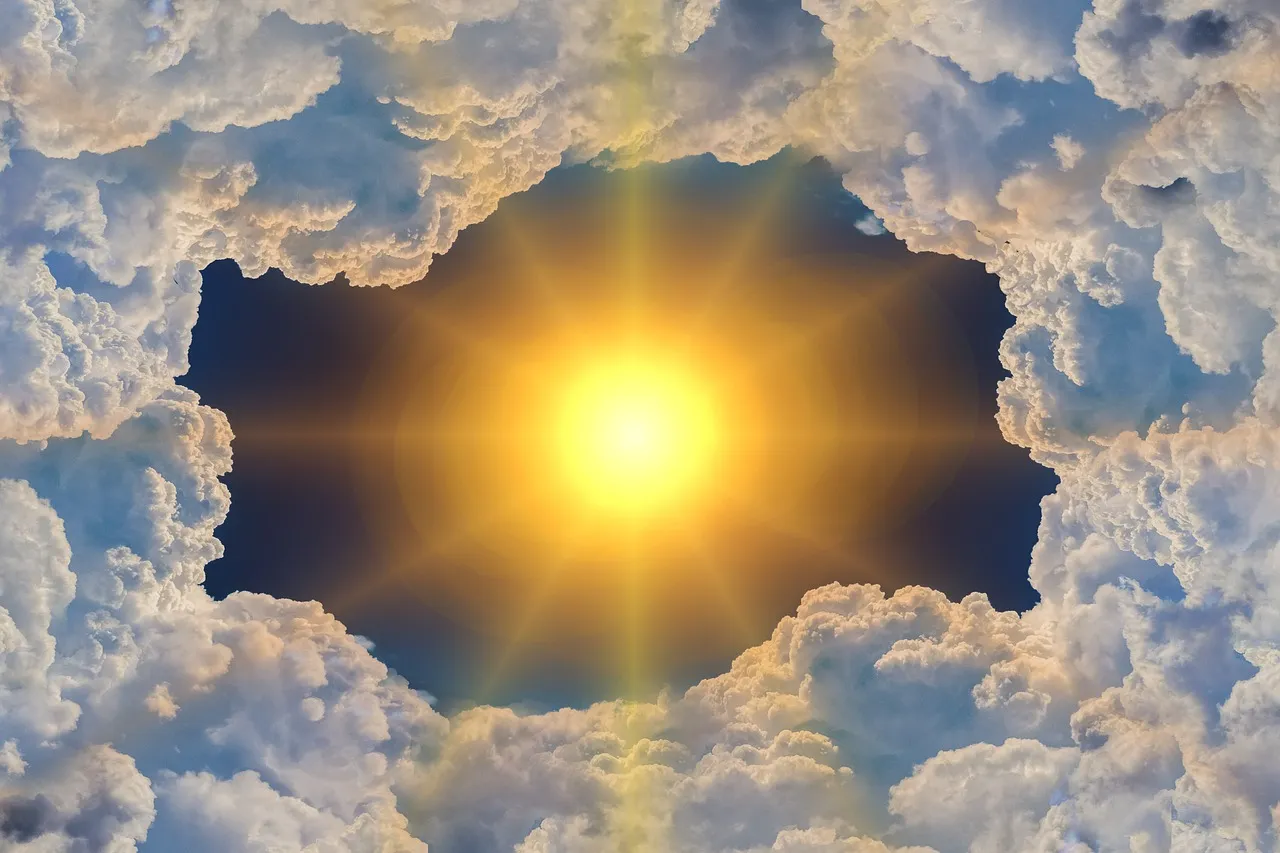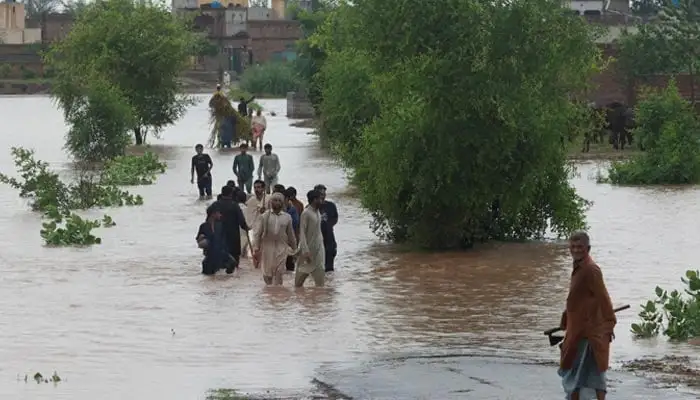Travel through any developing country and you notice the air first. It feels heavy, sometimes sharp with smoke, sometimes dull with dust. The environment is not just background—it’s the stage where millions struggle to live, work, and breathe. Climate change and environmental stress cut deeper in the so-called Third World than anywhere else. These nations carry the smallest responsibility for global emissions, yet they suffer the most brutal consequences.
Consider the floods in Pakistan in 2022. Almost a third of the country went underwater. Villages disappeared. Families camped on highways with nothing but makeshift tents. The rains came from an overheated climate, not from local actions. Pakistan contributes less than one percent of global carbon emissions, but it bore billions in damage. This is the cruel pattern: developing countries face storms, droughts, and heatwaves that they never fueled.
Africa tells the same story, though in different shapes. The Horn of Africa endures endless droughts. Farmers plant seeds that never sprout. Herds die before reaching water. Families move toward cities, creating slums without resources. Hunger grows, not because of laziness or mismanagement alone, but because rainfall patterns shifted under global warming. The environment punishes those who already had the least to lose.
Air pollution is another quiet killer. Cities like Delhi, Dhaka, and Lagos choke daily. Smog hangs like a curtain. Children grow up with weak lungs, adults with damaged hearts. The main culprits are traffic, coal plants, and unchecked industry. Regulations exist on paper, but enforcement is weak. People still burn trash, still run old vehicles, because poverty leaves no cleaner option. The choice between food today and clean air tomorrow feels cruelly unfair.
Forests vanish just as quickly. In Brazil, Congo, and Indonesia, vast rainforests fall to logging and farming. Local communities clear land to survive, while global companies demand resources. This deforestation doesn’t only threaten wildlife; it alters weather systems, releases carbon, and worsens floods. Once gone, forests take decades—sometimes centuries—to return. Yet destruction continues because governments need revenue, and people need farmland. Survival always beats sustainability in the short term.
Waste management highlights another gap. Visit the outskirts of a big city in South Asia or Africa and you’ll find mountains of garbage. Plastic bags swirl in rivers. Open drains carry waste into homes. Recycling exists in small, informal ways—ragpickers, children collecting bottles, local scrap shops. But organized systems are rare. Imported second-hand products, cheap plastics, and weak urban planning turn cities into dumping grounds. Climate change then multiplies the mess, as floods spread waste across neighborhoods.
One might ask: why don’t governments act? Part of the answer is capacity. Developing nations juggle dozens of crises at once—poverty, unemployment, debt, corruption, security. Climate is urgent, but it competes with daily survival. A minister may know the importance of solar energy, yet lacks money to build plants. A mayor may care about clean rivers, yet cannot stop informal settlements along the banks. The political cycle also favors short-term projects over long-term climate investments.
Still, it would be unfair to see only despair. Many countries in the Global South show resilience and innovation. Kenya leads Africa in renewable energy, drawing much of its power from geothermal sources. Bangladesh, once a symbol of climate vulnerability, now exports expertise in disaster management. Local communities across Latin America and Asia experiment with organic farming, rooftop gardens, and water-saving techniques. The Global South does not sit idle—it adapts, often with creativity born from necessity.
International support plays a complex role. Wealthy nations pledged $100 billion annually to help poorer ones tackle climate change. Much of that money has not arrived, or comes as loans that increase debt. Climate conferences produce dramatic speeches, but delivery often disappoints. Developing nations argue that they should not carry the burden alone, since they never built industries that polluted the atmosphere for two centuries. The debate continues, while storms keep hitting and seas keep rising.
One of the hardest challenges is migration. As land becomes unlivable, people move. Rural families head toward already crowded cities. Some cross borders, seeking safety or work. Climate refugees rarely get the same recognition as political refugees, yet their numbers keep rising. By 2050, the World Bank estimates over 200 million people may move due to climate pressures. Where will they go? How will governments manage these flows without conflict? These questions remain painfully unresolved.
Health risks expand as well. Heatwaves kill thousands each year, especially in South Asia and the Middle East. Mosquito-borne diseases spread as warmer climates extend breeding grounds. Malnutrition deepens when crops fail. Hospitals, already underfunded, cannot keep up. The environment touches every part of human survival, often in invisible ways that emerge slowly—until the crisis erupts.
The irony is sharp. Developing countries dream of growth, yet growth often worsens the environment. Factories bring jobs but pollute rivers. Highways connect villages but cut through forests. Cheap electricity powers homes but comes from coal. The tension between development and sustainability lies at the heart of this dilemma. No leader wants to keep citizens poor for the sake of the planet. But pursuing growth the old, dirty way will make poverty permanent through climate disasters.
Solutions exist, though none are easy. Expanding renewable energy, improving public transport, banning single-use plastics, and restoring forests can make huge differences. Local knowledge matters as well—farmers know when rains shift, fishers sense changes in tides. Blending modern science with traditional wisdom often produces the best results. Grassroots activism grows stronger each year, with young people demanding cleaner futures. Greta Thunberg may be the face in the West, but countless unnamed activists in Dhaka, Nairobi, and Manila do the heavy lifting.
The future of the planet depends heavily on these nations. They hold the largest share of the global population. They also hold much of the biodiversity, rainforests, and untapped renewable energy potential. If the Global South manages a green transition, the whole world benefits. If it fails, the damage will spread everywhere. Climate is not a local story—it is a shared fate.
Look again at that smoky sky, the flooded village, the parched farmland. These are not isolated tragedies. They are warnings written in water, air, and soil. Developing countries bear scars of a crisis they did not create. The real question is whether the world listens and acts, or whether we let those scars deepen until none of us can escape.


